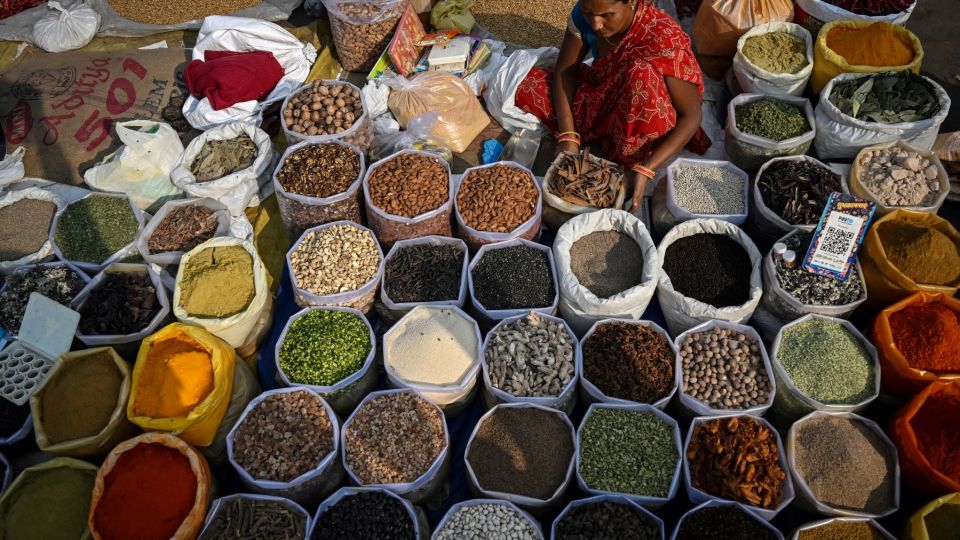September 15, 2025
NEW DELHI – The Consumer Price Index (CPI)-based retail inflation in August rose to 2.07% from earlier 1.61% in July, data by the Ministry of Statistics and Programme Implementation (MoSPI) said on Friday.
It said the food inflation for August stood at -0.69%, rising 107 basis points compared to July. Corresponding inflation rates for rural and urban areas are -0.70% and -0.58%, respectively.
Food inflation in rural areas was at -1.74% in August. It increased for urban areas from -1.90% during the same period last month.
An increase in headline inflation and food inflation during August is mainly attributed to increase in inflation of Vegetables, Meat and fish, Oil and fats, Personal care and affects, Egg etc.
An increase in headline and food inflation in the rural sector observed in August, 2025. The headline inflation is 1.69% in August while the same was 1.18% in July, 2025.
The CFPI-based food inflation in the rural sector is observed as -0.70% in August compared to -1.74% in July.
In terms of urban inflation, an increase was witnessed from 2.10% in July to 2.47% in August. Increase is also observed in food inflation from -1.90% in July, 2025 to -0.58% in August.
Further, the MoSPI data also highlighted the yoy housing inflation for August is 3.09%. The corresponding inflation rate for July was 3.17%.
Speaking on the numbers, Aditi Nayar, Chief Economist, ICRA said, the sequential build up in prices has been quite modest in the ongoing fiscal so far, with the headline index rising by just 2.6% between March 2025 and August 2025.
This has been aided by a relatively benign uptick in food prices, amid healthy crop output in the last two cropping seasons, as well as an upbeat outlook for the ongoing kharif crop.
“Looking ahead, despite the healthy trends in kharif sowing, large excess rains, and flooding in some parts of the country in late August 2025 and early-September 2025 could impact the kharif crop yields, and consequently output and prices, and thus, remain a key monitorable,” she said.
On impact due to GST rate cuts, she said, “With the GST rate cuts being implemented on September 22, the impact of the same on the CPI inflation is unlikely to be material in the ongoing month, given that the average monthly prices are used for computation of the price indices.”
Upasna Bhardwaj, Chief Economist, Kotak Mahindra Bank said, “Going ahead, the one-time GST cut impact is likely to playout in the year ahead offsetting in part the impact of adverse base effect into FY27. While we see a pause by the RBI in the upcoming policy, we do see some scope for rate cuts worth 25-50bp opening up from December policy if downside risks to growth materialise and the Fed moves ahead with aggressive rate cuts.”
Hemant Jain, President, PHDCCI said, “The softening in the prices in August 2025 for cereals and products, pulses & products, as well as moderation in clothing and footwear, housing, and fuel and light, in comparison to July 2025, have collectively helped keep inflation within RBI tolerance level.”
“Looking ahead, we anticipate a further decline in CPI inflation, aided by the GST 2.0 reforms package. The proposed simplified two-tier structure will reduce production costs, translate into lower prices, and, in turn, stimulate consumption,” he added.


